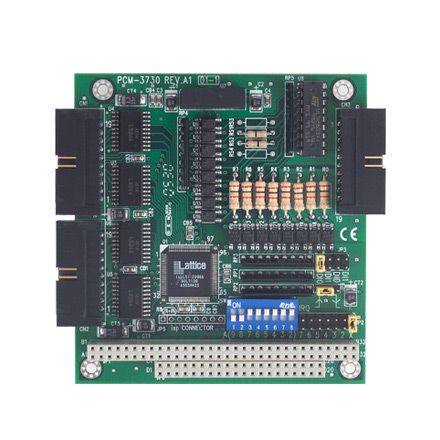

Understanding Reflective Glass A Comprehensive Overview
Reflective glass has become an integral part of modern architecture and design. Characterized by its ability to reflect light while allowing vision, reflective glass provides both aesthetic appeal and functional benefits. This article delves into the properties, uses, advantages, disadvantages, and maintenance of reflective glass.
What is Reflective Glass?
Reflective glass is a type of glazing material that is coated with a thin layer of metal or other reflective substances. This coating enables the glass to reflect a significant portion of incoming sunlight while still allowing some light to pass through. The primary function of reflective glass is to reduce glare and heat gain within a building, making it a popular choice for commercial and residential structures alike.
The reflective coating can be achieved using various techniques, including vacuum deposition, sputtering, or the application of reflective films. These methods result in different levels of reflectivity and transparency, allowing architects and designers to choose the appropriate type of reflective glass for specific applications.
Uses of Reflective Glass
Reflective glass is commonly used in a variety of applications, including
1. Commercial Buildings Many office buildings and retail spaces utilize reflective glass facades. The reflective surface minimizes solar heat gain, thereby reducing the reliance on air conditioning and enhancing energy efficiency.
2. Residential Homes Homeowners increasingly choose reflective glass for windows and doors to enhance privacy, improve energy efficiency, and add a modern aesthetic to their properties.
3. Skylights and Canopies Reflective glass is often used for skylights and canopies, allowing natural light to enter while controlling glare and heat, creating comfortable indoor environments.
Advantages of Reflective Glass
1. Energy Efficiency One of the main advantages of reflective glass is its energy-saving capabilities. By reflecting a substantial portion of solar radiation, it helps regulate indoor temperatures, significantly reducing the need for artificial cooling.

2. Glare Reduction Reflective glass minimizes glare from sunlight, creating comfortable indoor environments, particularly in office settings where computer screens are used.
3. Aesthetic Appeal The sleek, modern look of reflective glass can elevate the aesthetic value of a building, giving it a sophisticated appearance that attracts attention.
4. UV Protection Many types of reflective glass also block harmful ultraviolet (UV) rays, protecting both occupants and furnishings from sun damage.
Disadvantages of Reflective Glass
Despite its numerous benefits, reflective glass does come with certain drawbacks
1. Visibility Issues While reflective glass can offer privacy during the day, it may lead to visibility problems at night when interior lights are on. This can turn the glass into a mirror, making it difficult to see outside while also exposing the interior to passersby.
2. Cost Reflective glass tends to be more expensive than standard glazing materials due to the additional coating processes involved in its manufacture. This can lead to higher initial construction costs.
3. Potential for Heat Concentration In some cases, reflective glass can concentrate sunlight, leading to excessive heat in specific areas. This can potentially damage surrounding materials or create discomfort for occupants.
Maintenance of Reflective Glass
Maintaining reflective glass requires regular cleaning to retain its clarity and reflective properties. It is advisable to use non-abrasive cleaning solutions and soft cloths to avoid scratching the surface. Regular inspections for damage or deterioration of the coating are also recommended to ensure long-lasting performance.
Conclusion
Reflective glass is a versatile and aesthetically pleasing building material that offers numerous advantages, particularly in enhancing energy efficiency and reducing glare. While it presents some challenges, the benefits it brings to modern architecture make it a popular choice among builders, architects, and homeowners alike. As technology advances, the applications and performance of reflective glass are likely to expand, further revolutionizing the way we incorporate glass into our living and working environments.